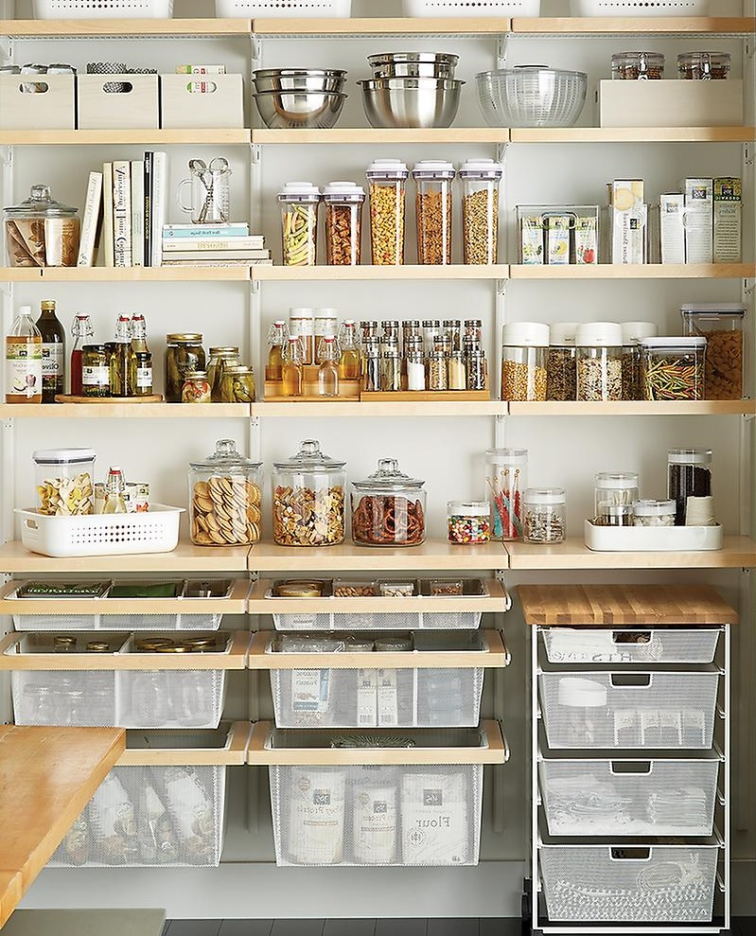



Ahh, the placenta. That’s the weird, fleshy bag that the baby is grown in, right? Uterus, then placenta, then baby — like Russian stacking dolls, correcto? Cue the buzzer sound! That’s actually not the case. And many people today, including those who have become pregnant, housed a fetus, and given birth to a baby still don’t actually know what the placenta is. What gives?
The placenta is a mystical, incredible organ of its own, and it’s a shame it’s not discussed in detail in sex ed, anatomical science courses, or health class. We all had a placenta at the first stage of our lives, and we are, in fact, alive because of the placenta, in an amazing, magical way. So what the hell is it?
First and foremost, the placenta is not your mother’s organ. It’s not even her DNA. The placenta that came with you is yours. It’s your organ, your DNA, and in a way, your first caretaker. It does this by protecting the fetus from the mother’s body. Hear us out.
Anything foreign that enters our body, unless it’s a nutritionally dense whole food, is considered an invader and must be detoxed. This includes pregnancy. You may be thinking, um, what? It can be argued that our #1 biological role as a living species is to keep us going — to procreate and proliferate. However, fetuses and their accompanying placentas are created from both a mother’s and a father’s DNA, giving it its own individualized DNA, and thus, considered a foriegn object. To keep our bodies from killing and repelling the fetus, the placenta works to essentially hide it from the mother, so that it can supply the baby nutrients.
That’s right: The placenta is the one feeding our babies in the womb, not the uterus. The placenta actually invades the uterus in a nutrient battle, fighting for a significant amount of the mother’s blood and nutrients so that the baby can rapidly grow and develop. The uterus fights back, defending the mother’s blood supply in a delicate balance. This battle must be just so, because if taken to extremes, the baby could risk death if it doesn’t get enough nutrients to develop while the mother’s life could also be in peril if she loses too much of her blood and nutrient supply.
So when we see the placenta, aka “the afterbirth,” it seems like a dormant sack — a blob, if you will — when in reality, it’s a very active, very vital part of our baby’s survival. It dictates how the baby will develop, and then selflessly let’s go and departs the uterus without leaving a mark post-birth. It’s no wonder some cultures honor this unique and hard-working organ responsible for our child’s life.
Traditionally, Chinese and Vietnamese are cultures that prepare placenta for consumption post-birth. It is believed to be full of vital nutrients for the recovering mother — which makes sense, since it is made up of a ton of veins and capillaries designed to steal her nutrients to give to the baby.
While these cultures tend to eat placenta as it is in stir-fries and stews or boil it to drink the broth, Western cultures have adopted this notion by dehydrating the placenta, breaking it down into a powder, and encapsulating it, or steeping it in alcohol to make a tincture.
Some people like to bury it in the ground and plant a tree, letting its nutrients aid the foliage growth and having a beautiful, living thing to honor the life of the person whom that placenta belongs to. It symbolizes a connection to the person and their place of birth, and Mother Earth.
The body never ceases to amaze us — and because of its fascinating and vital role in our lives, honoring the placenta is more than tradition, but a ritual of connection and humility. We support however one wants to revere it, as long as we recognize what it is and what it does.